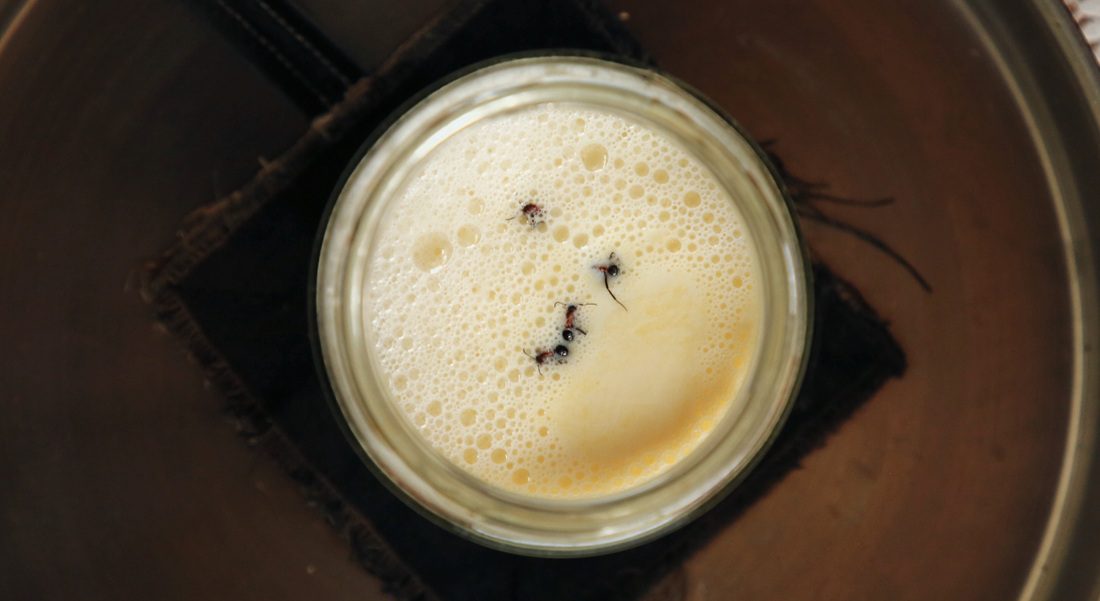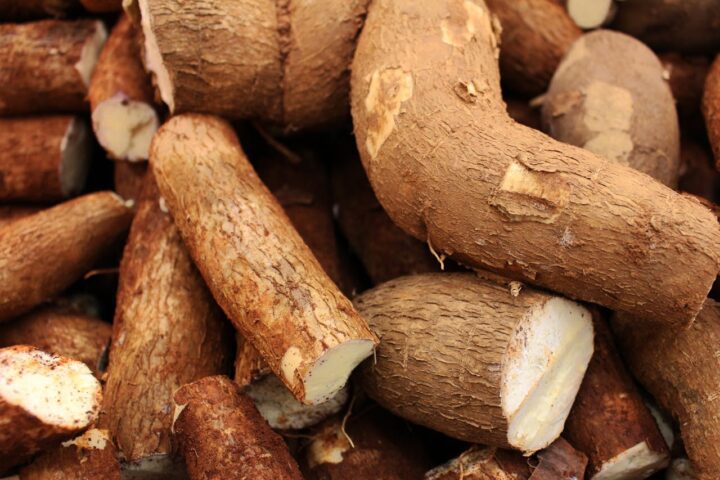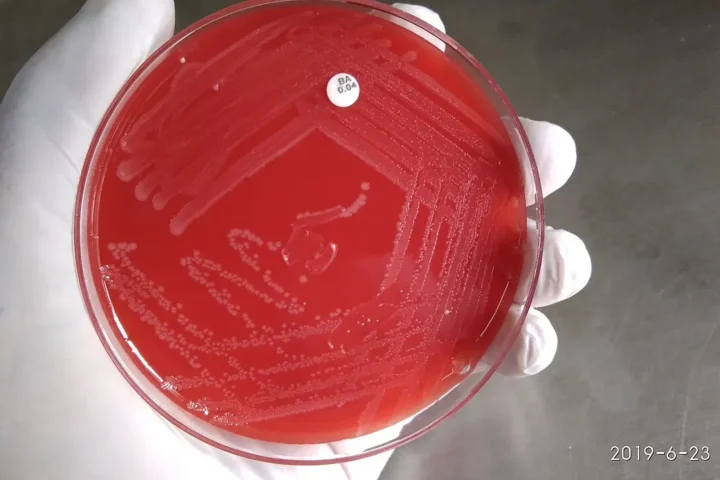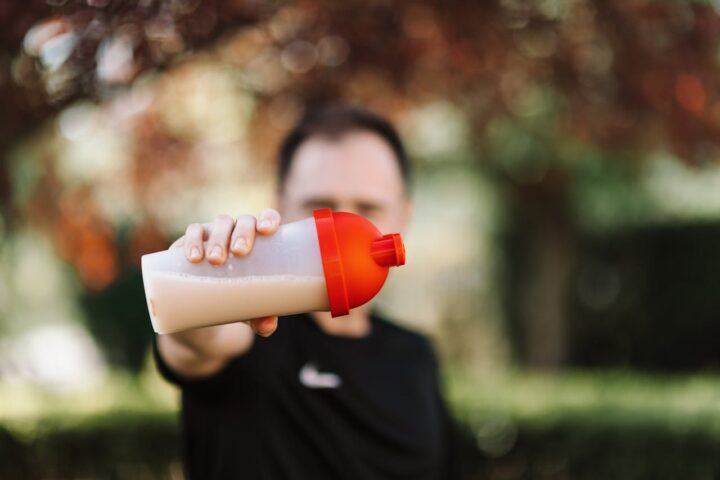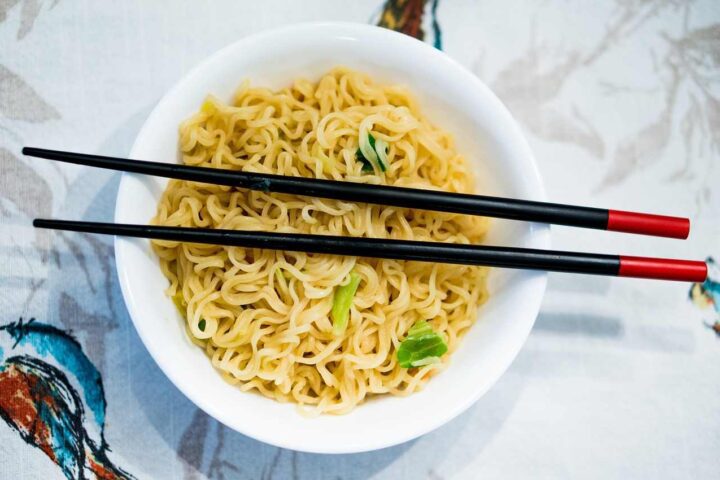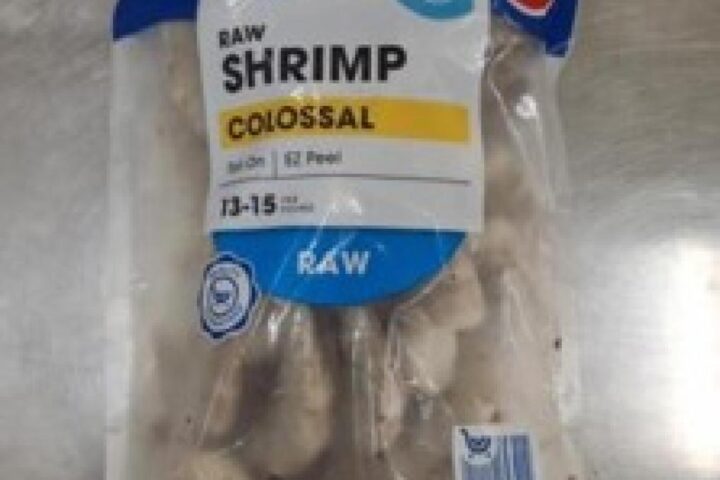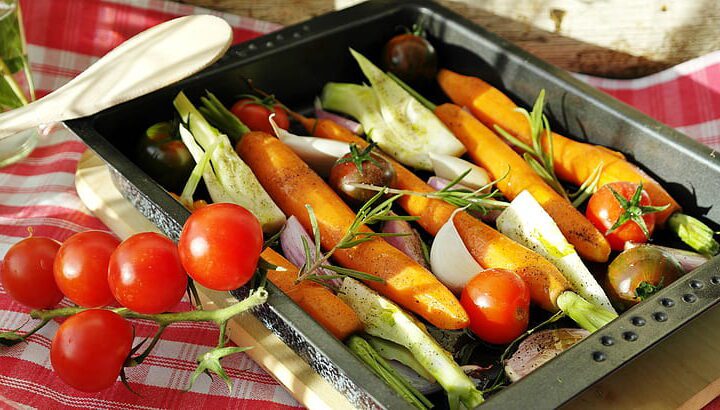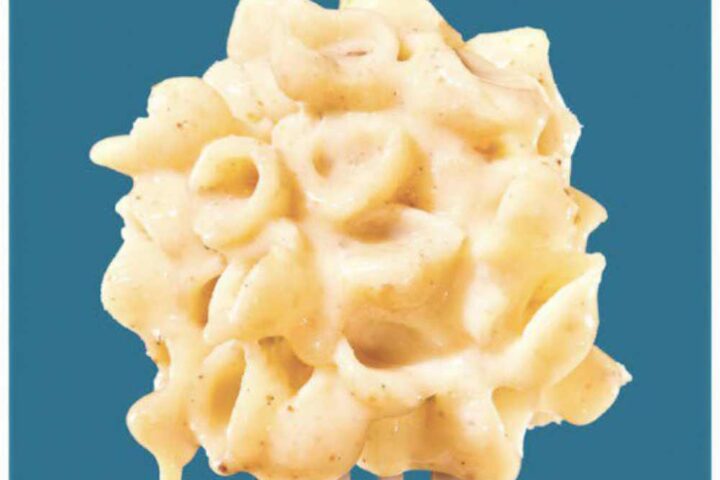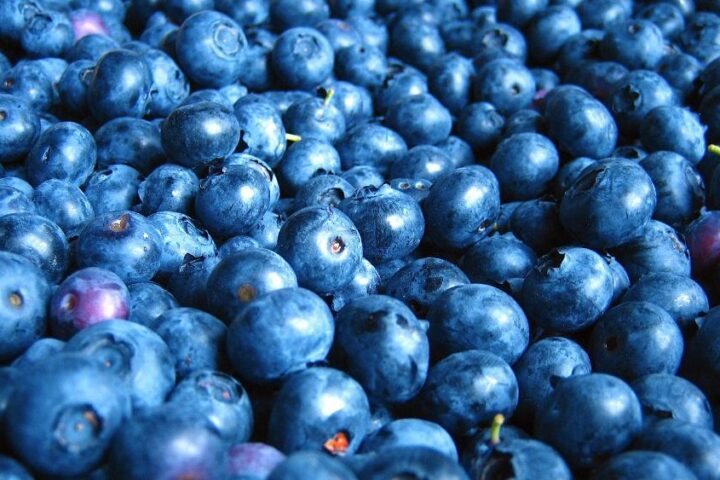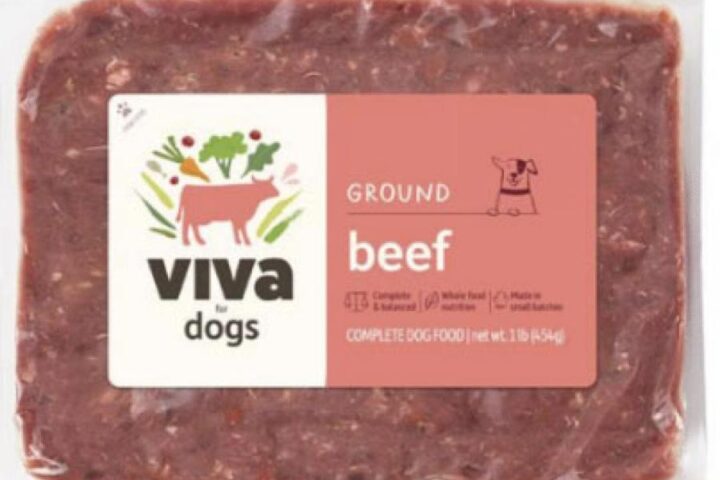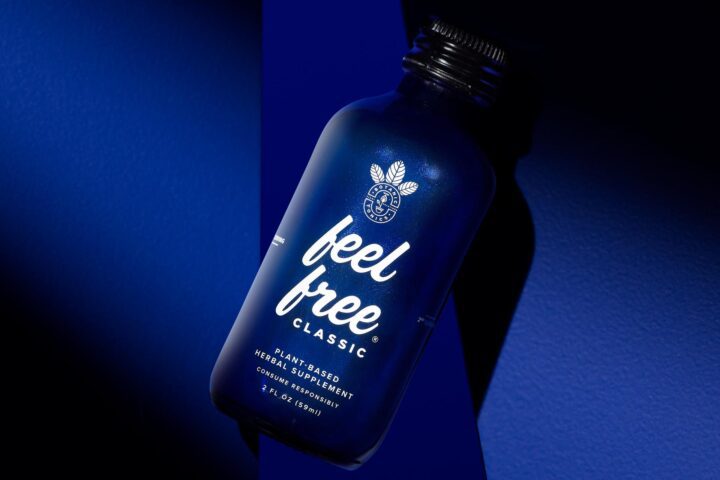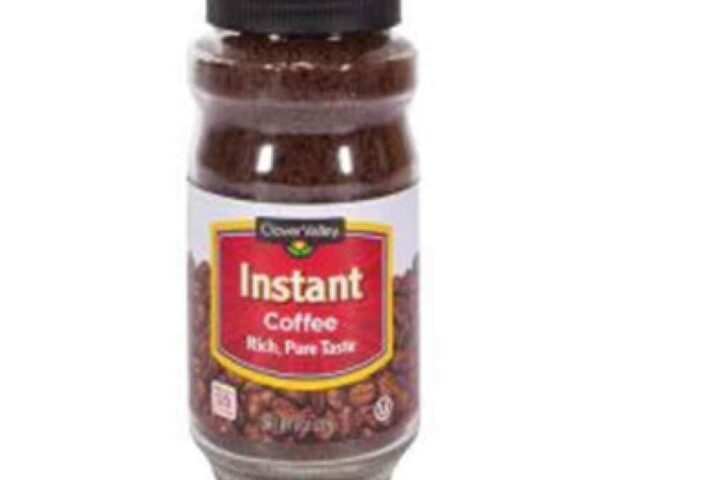Scientists have brought back to life an unusual yogurt-making method that uses ants as the key ingredient. Researchers from the University of Copenhagen and other institutions have recreated a nearly forgotten tradition from Turkey and the Balkans where red wood ants help transform milk into yogurt.
The simple recipe sounds straight from a folk tale: take four live forest ants, place them in warm milk, cover with cloth, and bury the jar in an ant colony overnight. By morning, you have yogurt.
“Following instructions from Sevgi’s uncle and people in the village, we put ants in a jar of warm cow milk and tucked it into an ant mound,” explains Veronica Sinotte, assistant professor at the University of Copenhagen and lead researcher. “The next day, the milk had begun to thicken and sour. It was the early stage of yogurt, and it tasted slightly tangy with a hint of herbs.”
The science behind this process reveals that ants carry lactic acid and acetic acid bacteria that help milk coagulate. Meanwhile, formic acid – the ants’ natural chemical defense – creates the right acidic environment for yogurt formation. The researchers also discovered enzymes from both ants and their microbes break down milk proteins, contributing to the yogurt’s texture.
Perhaps most surprising was the discovery that ants carry the Fructilactobacillus sanfranciscensis bacterium, previously only found in sourdough bread. This suggests ants may have been natural carriers of sourdough microbes for millions of years, potentially reshaping our understanding of fermented food history.
Similar Posts
The research team partnered with Michelin-starred restaurant The Alchemist in Copenhagen to explore modern culinary applications. Chefs created several innovative dishes including ant yogurt ice cream, “ant mascarpone,” and cocktails with ant-fermented milk.
The study highlights the value of traditional food practices that modern science is only beginning to understand. “The yogurt you buy in supermarkets today is typically made with only two bacterial strains,” notes Sinotte. “But as we work toward creating a more sustainable food system, it makes sense to explore the vast diversity of microbes found in traditional foods like ant yogurt.”
This research coincides with growing interest in insect-based foods worldwide. The edible insect market is projected to reach between $3-5 billion in 2025, with a compound annual growth rate of over 20%, according to multiple market research reports.
Researchers caution against trying this at home, however. Live ants can carry parasites dangerous to humans, requiring laboratory-grade filtration before consumption. The team used special microbiology-grade sieves to ensure safety before passing samples to restaurant chefs.
The findings were published in the scientific journal iScience, with the research team including scientists from the University of Copenhagen, Technical University of Denmark, and several other international institutions.
